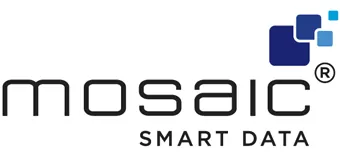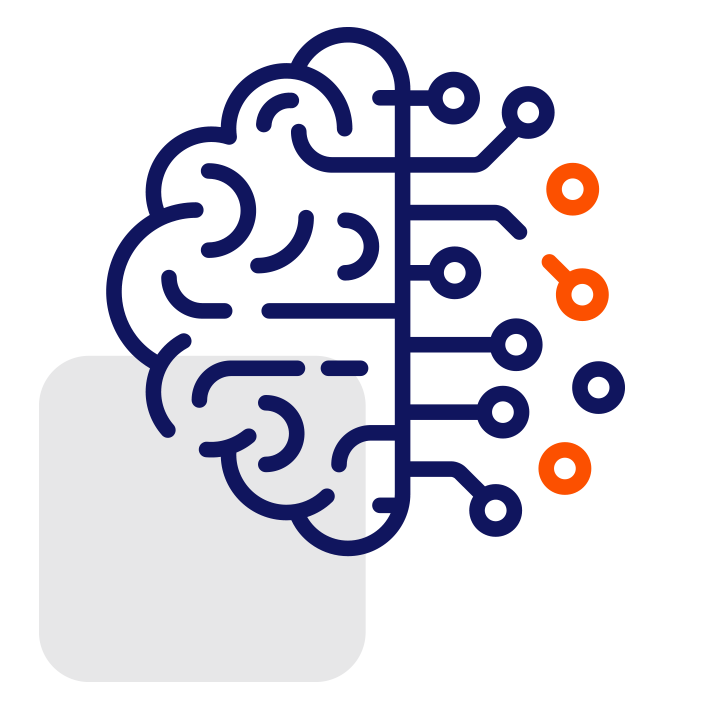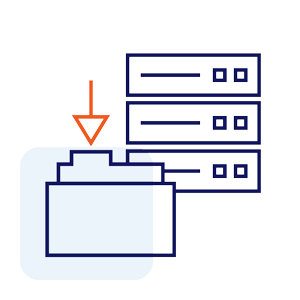Steps Ahead
How to become AI-ready: three foundational steps to success
In a recent survey of financial services firms, 80% confirmed they were already using AI in some form and 90% stated they saw it as giving them a competitive advantage for the future. But underneath the hood, is this new technology really being fed the fuel it needs to provide accurate and useful outputs for banks’ sales and trading teams?
The elephant in the room: data health
Banks are investing vast sums of money and resources on AI initiatives, spending $20.6 billion in 2023 alone. The aspirations are clear – AI can deliver numerous benefits, including improved productivity and efficiency, reduced costs, better risk management, enhanced customer experience and greater innovation. However evidence from a recent study suggests that little ROI is typically achieved by AI deployment in one of the most critical divisions of the investment bank: the capital markets front office.
So, what’s the problem? Nine times out of ten, the issue lies in failing to ensure the data being fed into AI tools is in a good state – aggregated, standardised and enriched – before embarking on a multi-million dollar initiative.
In the current economic environment, ROI remains front of mind for all banks considering investing in AI to improve the efficiency, productivity and profitability of their front office – and data health should be where their journey begins.







